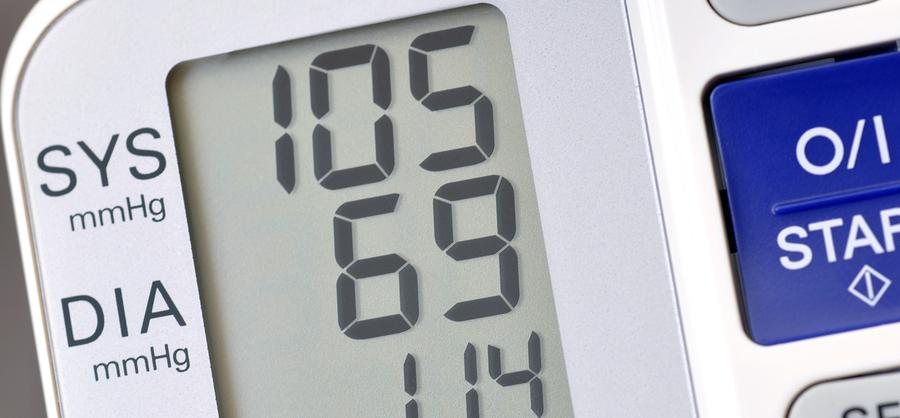What is open enrollment? As it approaches, you may be wondering exactly how the process works from start to finish.
Open enrollment is a small window of time every year when you can sign up for health insurance or change the plan in which you're currently enrolled, whether you're purchasing through the marketplace or from an individual carrier. The 2018 open enrollment period starts November 1 and runs through December 15, 2017 — keep in mind that job-based plans may have a different enrollment period. Outside of the open enrollment window, you can only sign up for health insurance if a "qualifying event" happens, like getting married, having a baby, or losing your coverage.
To ensure your road to coverage is smooth, here's a guide to open enrollment, from start to finish.
1. Determine if Your Current Insurance Plan Will Stay Active
Some health carriers are leaving the marketplace before the new year. If you already have a plan that you like, contact your carrier and make sure your plan will still be around.
2. Decide What Type of Plan You'd Prefer
The most common plans you'll find on the marketplace are HMOs and PPOs. HMOs may have lower monthly premiums but also have a smaller selection of doctors and require approval before seeing a specialist. Don't forget, there are other options beyond HMOs and PPOs, depending on your income and life circumstances, such as losing your coverage.
3. Consider Asking a Health Insurance Agent for Help
If you just want to get insurance through the marketplace, the only website you'll need is HealthCare.gov. But if you want to look at individual carriers, your quickest option is to contact a health insurance agent in your area. They'll just ask you a few questions and then send you a list of options for your region. As you're reviewing your options, consider important factors, such as the true cost of the health plan and what it covers.
4. See Who's in Your New Plan's Network
Before applying for a new plan, find out if your doctor and specialists accept it. If not, look at who is in-network and determine who would be a good fit for your health needs. At this stage in choosing the best health plan, you'll also want to consider other factors before making your final decision, like your family history and whether you require additional coverage.
5. Fill Out the Application Form Online
If you prefer a plan on the Marketplace, then you can fill out an application on HealthCare.gov. If you're choosing a plan outside of the marketplace, fill out an application on the carrier's website. If you've been using a health insurance agent, they should be able to provide you with an application.
6. Pay Your First Month's Premium
Once your application is accepted, it's time to pay your first month's premium. Make sure you pay by the deadline so your new plan isn't canceled. Some application forms will include this as one of the steps. If you're unsure if your payment went through or how to pay, contact your carrier.
7. Check Your Health Carrier's Website for Extras
Some health plans offer member extras on their websites. These can include telehealth opportunities, 24/7 online access to nurses, special discounts, and more. Peruse your carrier's site for any of these opportunities.
8. Make Your First Doctor's Appointment
If you chose the HMO route, you'll want to select a primary care doctor right away and let your carrier know who that doctor is. If you don't have an HMO, you can just pick an in-network doctor and make your appointment.
And that's it! Now you know the answer if friends or loved ones ask, "What is open enrollment?" What's more, you have the straightforward steps for participating. Just remember: It's best to initiate this process early. Many insurance agents will be swamped as the deadline gets closer, and the HealthCare.gov website may experience technical issues when accommodating last-minute sign-ups. Getting a head start during the open enrollment period will make the process as smooth and stress-free as possible.




